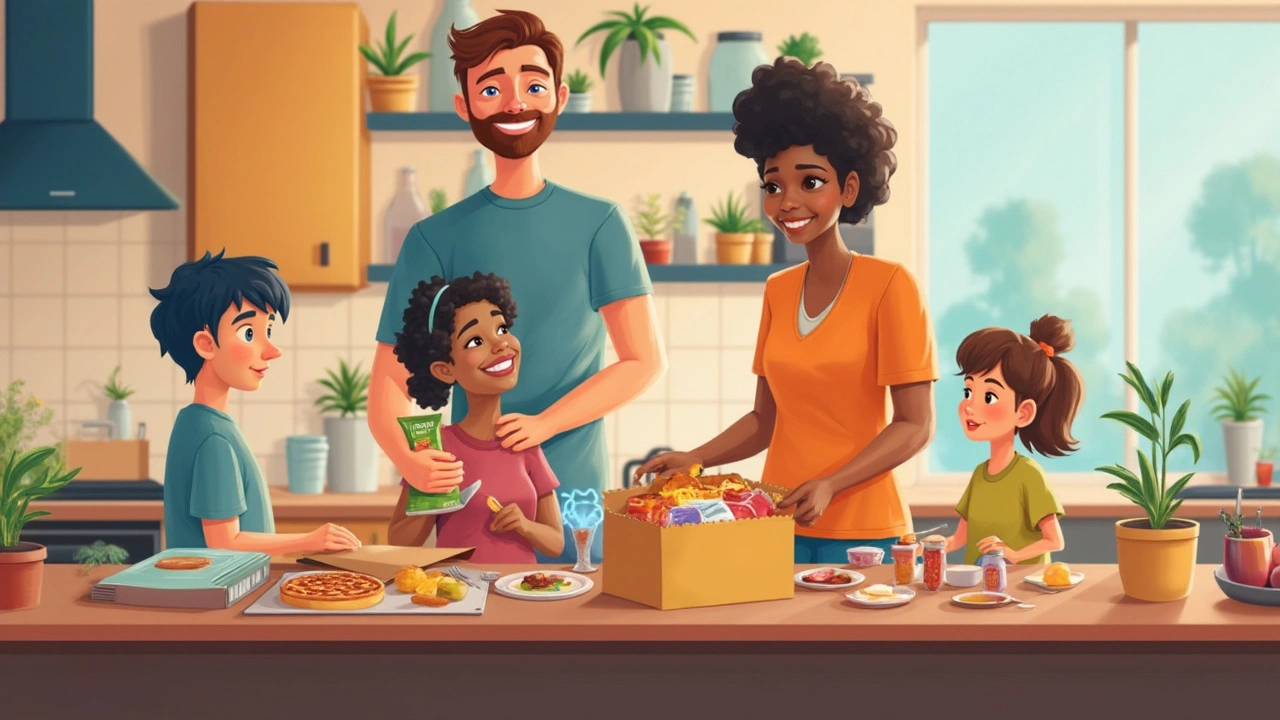Sodium Intake: What You Need to Know
Ever wonder why nutrition labels keep shouting about sodium? It’s because too much salt can sneak into your blood pressure, heart, and kidneys without you even noticing. Cutting back doesn’t mean you have to live on bland food – it just takes a few smart swaps.
Why Watching Sodium Matters
Most adults should aim for less than 2,300 mg of sodium a day – that’s about one teaspoon of salt. The American Heart Association says a tighter goal of 1,500 mg is even better for heart health. When you regularly eat more than these limits, the extra sodium holds onto water, making your blood vessels work harder. Over time that can lead to high blood pressure, which is a major risk factor for heart attacks and strokes.
But sodium isn’t all bad. Your body needs a little to keep nerves firing and muscles contracting. The key is balance. Most of the sodium we consume comes from processed foods, not the shaker at the dinner table. Knowing where the hidden salt hides helps you make better choices.
Simple Tricks to Lower Your Sodium
Start by reading nutrition labels. If a product lists more than 200 mg of sodium per serving, consider a lower‑sodium version. Swap out canned soups for homemade broth – you control the salt. Choose fresh or frozen veggies instead of canned ones that are often packed in salty liquid.
Spice up your meals with herbs, citrus, garlic, or pepper. These add flavor without the sodium hit. When cooking meat, rinse it under cold water to wash away surface salt, especially if it’s been pre‑seasoned.
Snack smarter, too. Pretzels, chips, and salted nuts can add hundreds of milligrams in one bite. Opt for unsalted nuts, plain popcorn, or fruit instead. If you love sauces, look for “low‑sodium” or “no added salt” versions, or make your own with tomatoes, onions, and herbs.
Keep track of your daily intake with a simple notebook or a free app. Seeing the numbers adds accountability and helps you spot patterns – maybe you’re getting most of your sodium from a favorite sandwich deli meat. Switch to roasted turkey or grilled chicken breast for a lower‑salt option.
Don’t forget to stay hydrated. Drinking enough water helps your kidneys flush excess sodium out of the system. Aim for at least eight glasses a day, more if you’re active or live in a hot climate.
Finally, talk to your doctor if you have a condition like hypertension or kidney disease. They can give personalized targets and may recommend a low‑sodium diet plan that fits your lifestyle.
By making a few easy changes – reading labels, choosing fresh foods, and seasoning with herbs instead of salt – you can keep your sodium intake in check and protect your heart without sacrificing taste.

How Sodium Intake Impacts Fluid Retention: Everything You Need to Know
Jun, 7 2025Sodium intake affects how your body holds onto fluid. This article explains why eating too much salt can leave you feeling puffy, how your kidneys manage sodium, and what you can do to keep things balanced. You'll learn about hidden salt in everyday foods, signs your intake may be too high, and practical tips for staying on top of sodium. Expect simple explanations and real-life advice you can use right away.
READ MORE